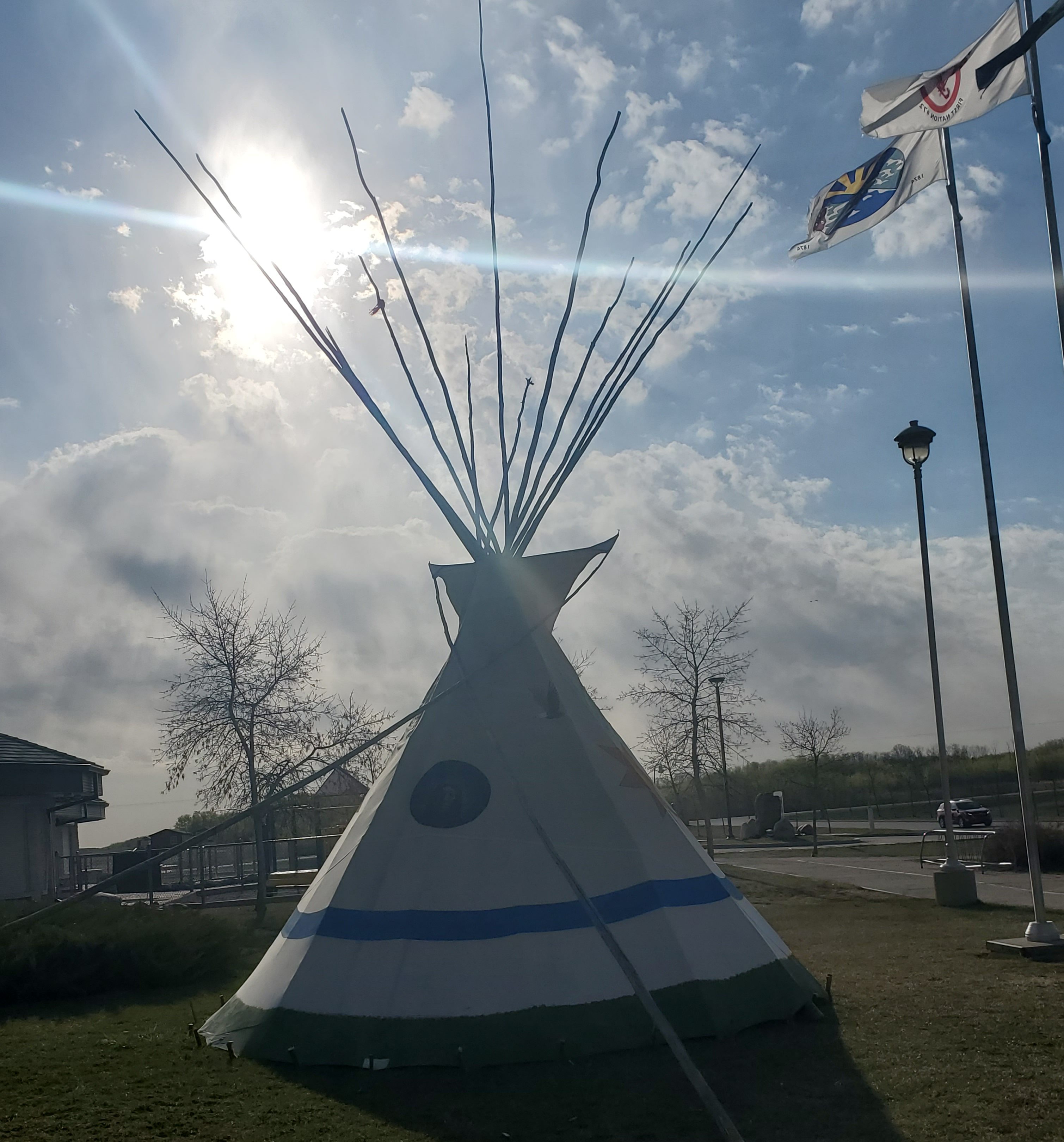“Assessment is a broad term that encompasses all actions that teachers and students engage in to retrieve information that can be used to evaluate and change teaching and learning at the end of a given time period” (Timmis et al, 2016)”
This portion of our EC&I 833 learning has been an eye opener for me! As I reflect on my application of the Behaviorist theory, I see how success of learning is measured as a pass/fail at the end of each grade. This is the bigger picture! The school year is broken down into four major reporting periods, summative data is gathered and a report card is issued. Plans are made to improve learning or advance learners that are meeting challenges and excel/have high marks. These methods have been practiced and the community of parents accept summative assessment. Parents want to see the big picture! Does my child pass onto the next grade?
Reflecting on my practices, the formative assessments that I do between report cards are flexible and based on the type of learning/lessons. “When is comes to figuring out what our students already know, we have to look at more than one kind of information” (Thomas, 2019), supports my current practices. I can speak to my incorporation of the school-wide goals of Language and Land-based learning programs. Lessons begin in the classroom with a pre-learning/before learning type of assessment. I like to use flashcards with language and concepts related to the lesson. During the presentation/field experiences, students gather items for a graphic poster board which they would paste and label. We then created a class book that represented the learning of the land and corresponding language.
Having learned about technological tools that aid in formative assessment, there are tools that can be used to compliment my structured style. Kahoot or Plickers may be set up for the pre-learning instead of flashcards. Padlet can be used for an end of lesson summative activity, instead of graphic poster boards. A productivity suite, such as Microsoft, can be used to create the class booket.
Applying a pedagogical method of student-student learning and student-teacher/facilitator sets the tone for Land-based learning. It becomes interactive and a student will respond to the experience to build a knowledge base that can be expanded. Land-based learning also facilitates student prior learning/knowledge and builds on those experiences. It offers a curriculum that is experiential, therefore formative assessment needs to be diverse to fit each learning experience/lessons. Taking a digital approach to formative assessment is a choice that depends on the type of experience. Students that attend our school, Chief Kahkewistahaw Community School, take part in Nehiyaw language and Land-based teaching. Cultural protocols for sharing must be considered. An example of this is knowing when/how to approach an Elder or to offer tobacco. This is taught in the home, so we don’t necessarily teach it as part of a lesson. Should a student not follow protocol we will know that consultation with the home needs to happen. It doesn’t get recorded on a formative assessment tool, but more like a point to consider in a students learning.
A blended approach to assessment should be considered since I have a blended approach to learning in my classroom. Using traditional types of assessment, such as pen and paper summaries/tests, is still a valid form of assessment. To move toward technology-based formative assessment requires support. As stated by Numan & Porter, “Educators must increase dialogue and knowledge base on the potential of technology, and its effects on educational assessment” (n.d).
Ekosi! Thank you for reading my blog
Ramona

Hi Ramona,
I agree with your commentary regarding using a blended or balanced approach in regards to assessment and how it aligns with your blended approach to learning. I also like how you “stand up” for pen and paper summaries and tests. I too think that they can provide great value (in the proper application), especially when combined and contrasted with other means of assessment.
It sounds like you have many great things going on in your classroom – I think your students are fortunate to have you!
LikeLiked by 1 person
Ramona, your blog posts are always so lovely to read. You sound like you have an amazing classroom set-up, as well as assessment practices. I like how you talked about having a blended approach to assessment since your classroom has a blended approach. I too agree that there is still value in pen-and-paper assessments and that technology assessments are not the only assessment practice that works. I love learning and hearing more about your school, classroom, and teaching experiences, because it is so different than mine, and I find it so interesting, exciting and meaningful. I love how you talk about experiential learning and how you put an emphasis on it. So important. Thanks so much for sharing your stories with all of us, I know I am learning so much from you!
LikeLike